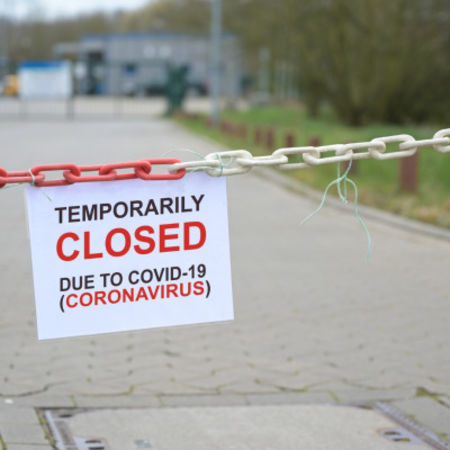The economic fallout from pandemic-related lockdowns has been enormous, especially in low and middle-income countries (LMICs) that struggle to find a balance in terms of protecting life and livelihood, as they aim to avoid public health systems being overwhelmed and their economies grinding to a complete halt.
You might also like:Containing COVID-19 in EU: Uncoordinated Efforts Don’t Bring Results
A University of Cambridge-led study (Chowdhury et al. 2020) has proposed three community-based, non-pharmaceutical strategies that LMICs can employ to revive the economy, without sacrificing the protection of public health.
These approaches "should not be
considered as mutually exclusive, and could be further adapted and combined
depending on local disease epidemiology and socioeconomic circumstances,"
the study authors point out.
Sustained Mitigation
A 'mitigation-only' phase comes after the initial national lockdown. This less restrictive approach is best implemented when rates of new infections and case mortality have significantly declined. Physical distancing and wearing masks are required, while mass gatherings are banned as part of shielding vulnerable persons. Effective contact-tracing (including apps and digital platforms) is essential for rapid isolation of suspected cases.
Wealthy countries like Sweden and
Switzerland have adopted this strategy, which may not be suitable in most LMIC
settings given the lack of nationwide population surveillance, comprehensive
contact tracing and testing, and critical care resources needed to tackle a
resurgence of infections.
Zonal Lockdown
Similar to the mitigation approach, the zonal or local lockdown will be most effective when infection rates are declining, supplemented by exhaustive vigilance. This strategy aims to identify 'hotspots', or sudden outbreak clusters that have a high number of cases. These hotspots are then placed under strict lockdown measures.
Successful implementation of this strategy hinges on effective zone management to curb transmission both within and outside of the zones. This however can be challenging for LMICs due to poor nationwide surveillance systems, a shortage of testing laboratories and inadequate data-reporting capabilities.
Rolling Lockdown
This approach is intended for LMICs with large and dense populations, high levels of social engagement or contact, as well as weak testing/tracing capacities and poor healthcare infrastructure. Periods of mitigation (requiring social distancing, wearing masks, home quarantine, etc) and relaxation (no physical distancing, businesses are open) are included in this strategy, which is important considering that a one-off lockdown will not be sufficient to bring the pandemic under control.
Rolling or intermittent lockdown has been endorsed by the World Health Organization specifically for some LMIC settings, where generalised mitigation and zonal containment may not be possible. This strategy, however, needs to be carefully considered for economic costs and necessary supply chain reforms.
Source: Springer



























